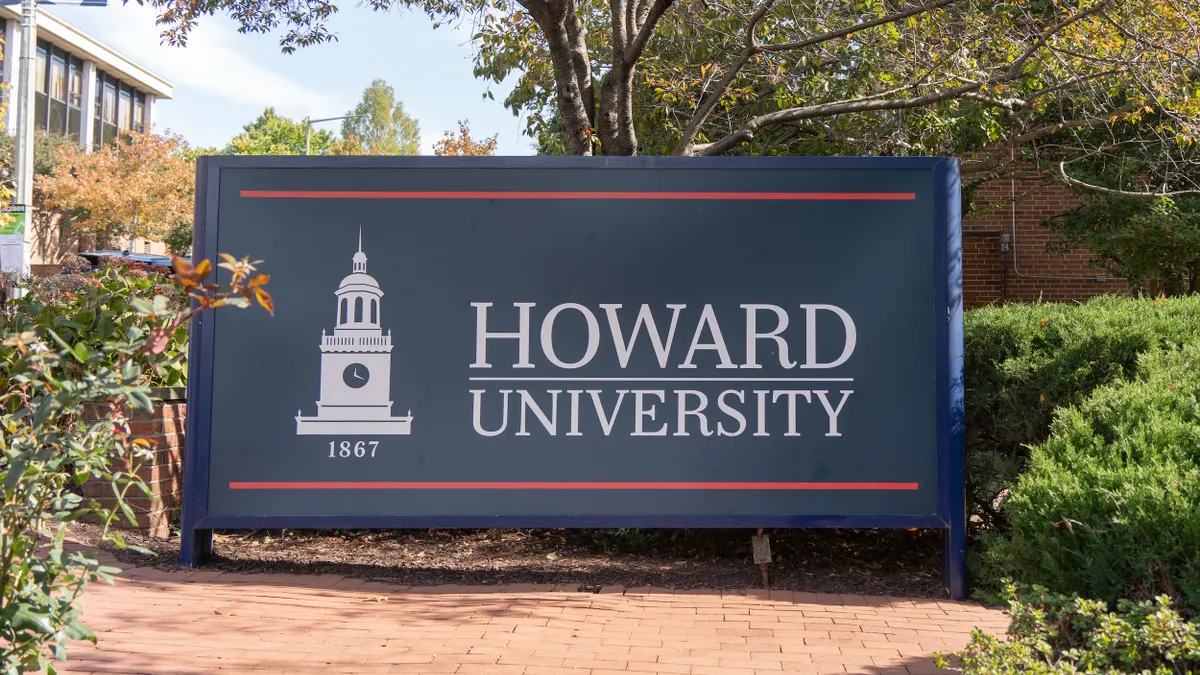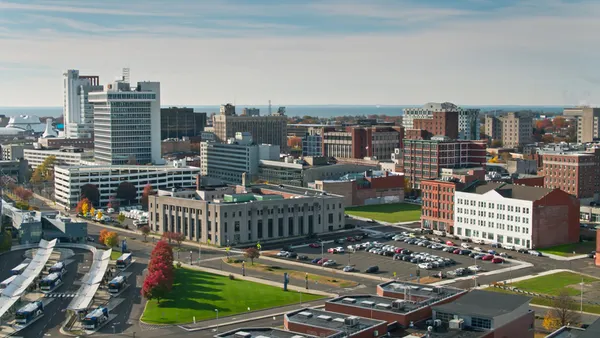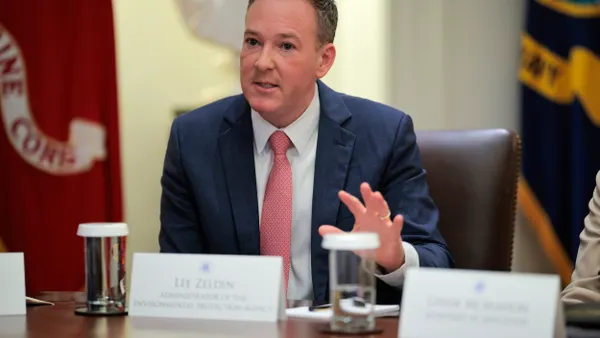The District of Columbia government’s workforce historically has struggled to reflect the District’s diverse population — roughly 45% of which identifies as Black — especially in leadership pipelines, according to Kenneth Walker, deputy director of federal workforce programs at the D.C. Department of Employment Services. An ongoing “silver tsunami” of resignations and retirements in state government is compounding the program. (D.C. is not a state, but its government operates as a state, county and city government all in one.)
“Our workforce in state government has gotten older, and we haven’t necessarily built that pipeline,” Walker said. “So, it was really a big challenge — how can we bring new talent into state government?”
Internships and fellowships paying low wages were not the answer, Walker said. “That would make it very hard for that person to be committed because, like many of us, they would have one eye on the work and the other eye on the next opportunity … to earn a salary they could truly live on.”
The Department of Employment Services found a solution to both the workforce shortage and the longstanding inequities in access to public service employment in the apprenticeship model, which has been a successful training path in traditional trade careers like carpentry, plumbing and electrical. In apprenticeships, employees work in a paid position while undergoing training to learn the job and advance in the field.
For its effort to create equitable career pathways to government positions, the Department of Employment Services’ Historically Black Colleges and Universities Public Service Program won D.C. a 2024 Crown Communities Award.
Expanding the applicant pool
Because state government leaders “need to come in to hit the ground running,” Walker said, the apprenticeship model offers opportunities for new employees to “learn while they earn.”
Apprentices add value to their place of employment while also receiving professional development opportunities through classes in related technical instruction and receiving mentorship, Walker said.
In February 2024, the agency placed 25 participants chosen from 120 applications in positions with starting salaries of $65,000 or more, “providing hands-on experience, mentorship and professional development,” Walker said.
When the program ended its first year in June, 24 out of the 25 apprentices had completed it. (One moved out of the District.)
“We don’t necessarily see a 96% completion and retention benchmark here in other programs,” Walker said. “So, it was incredibly strong out [of] the gate. Three of those who completed their yearlong apprenticeship have already progressed up the ladder in their individual agency, taking on a position of a higher grade and higher responsibilities and titles.”
In the program’s second year, the Department of Employment Services is broadening the criteria for both applicants and learning institutions by opening the program to all students and learning institutions, not just HBCUs.
“Based on the success of Cohort One, we were able to expand our footprint to where this opportunity is available to any college student that is looking to work within the district,” Walker said. “It was very important for our directors to make sure those opportunities existed across all colleges and universities. So, that was the vision — same program, same model … we just broadened our applicant pool.”
Walker said 200 students applied for 20 slots this year (down five slots from the first year because of cuts in federal funding).
“I would love for a program like this to be a spark plug for other colleges and universities to really think about what their employment strategies will be for their graduates,” he said. “I think the success of a program like Pathways of Public Service can help initiate and spark some of those conversations.”












